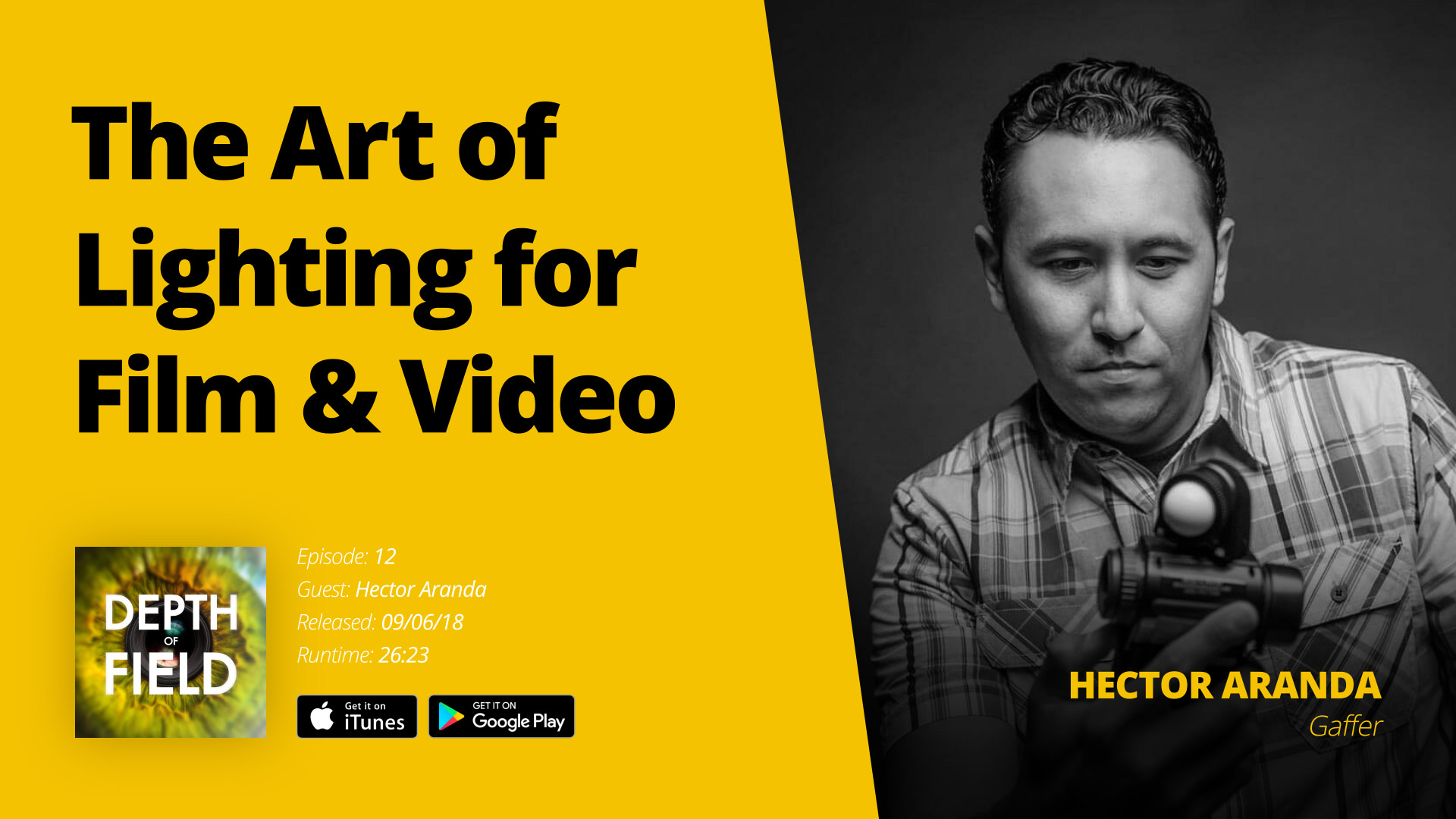
Are you lighting your videos properly? Hector Aranda, a gaffer with over 13 years of experience, shares common mistakes people are making in lighting videos as well as tips for avoiding them. This episode is packed with insights on gear, transitioning from freelance to full-time employment & much more.
Related Links
- Mac House Studio
- Movie: East Side Sushi
Welcome
Adrian Thompson: All right guys, well, we have Hector here on the show. Thanks so much for coming on, man.
Hector Aranda: Absolutely, Adrian, a pleasure. Thanks for having me.
Adrian: Why don’t you go ahead and just give us a background on what you do?
Hector: Well, I am by trade a gaffer and if you’re not familiar with the term, that is the department head for the electrical department in or on a movie set, film set regardless of whether it’s narrative, corporate, music video, and I have 13 years of experience started professionally back in 2005. Graduate from De Anza’s film school out here in Cupertino, California.
Adrian: Nice, and out of all the roles in creating video production, what drew you to getting into the lighting side?
Hector: That’s just an interesting story just because everyone goes to film school, right?
Adrian: Yeah.
Hector’s Background
Hector: Everyone wants to go in and off the top of their head, they want to be the director or they want to be the writer and what I started finding out early on is that I don’t have the personality or the motivation to be a director and I found that out early and then I took a lighting class and previous to that a couple projects before that, I was working with some of my colleagues at De Anza. We did a lot of lighting for one of the projects. It was a team project and god my hands on lights, started really enjoying the process, and then in the lighting class one of the presentations was to dissect a movie that we like and how we lit it, so I decided to dissect the project that I worked on and kind of learned from it.
Hector: All the concepts really bonded with me and from there I just started working on my classmate’s projects. They kept hiring me out so I kept honing my skills every single day, every single month, so by the time I graduated, I had a decent reel to start going out and work professionally.
Adrian: How were some of those early projects in terms of getting on set for like the first handful of times and using the lights? Was it a pretty smooth experience for you or was it kind of a rough start and awkward? How would you describe that?
Hector: Well, since we’re all film students, I think it was a little bit of both. You know, smooth, it was awkward. Just kind of learning everything. Since everyone is a student, we’re learning on the job.
Adrian: Right.
Hector: Kind of learning about the power consumption of lights and how to balance out the lights within a home or a business, that way you’re not continually triggering the breakers to flip, so yeah, it’s a little bit of both. It wasn’t too bad. Everyone was very excited, whether they were doing the sound or the camera work or the light or the director. Everyone’s very gung-ho about the whole process.
Adrian: How did the transition go from working on student film projects to eventually working to get paid doing lighting gigs? When did that actually happen?
Hector: Let’s see. So, 2005 is when I graduated from a film program over at De Anza. I started perusing Craigslist and came across a post, a job offering to work as a production assistant on a very independent feature film up in San Francisco, so I submitted my student resume, my reel and got contacted immediately and got hired. What I’ve came to learn before I even stepped on set is that the director of photography was gonna be a man named Barry Stone who is of … He’s British but lived in Canada for many years and became part of the cinematographer’s society up in Canada, so he was a very seasoned professional and I was excited to work with him.
Hector: So when I actually came on set, it was such a small crew and I had the lighting experience that I immediately became the gaffer on that shoot. We worked with black and white 16 millimeter film so I got to learn a lot of how to use natural light as well as artificial light from the perspective of this cinematographer. So that was my first real gig. I got paid a stipend, I got paid gas money, so I was happy. I was 22, driving up to San Francisco. It was cool. Something I never experienced ever, and then from there I just started going through the Facebook job postings for the film and video photography category and just started submitting my resume to people and then eventually people started calling back. You develop a name for yourself, people recognize you, you have a good work ethic and then you get on people’s Rolodex. Then you get calls and that’s pretty much how it started.
Adrian: Nice. Well, on that journey, what was the biggest resistance or challenge you hit on your climb up that ladder?
Biggest Challenges
Hector: Earlier on it was just receiving no’s or just people ghosting you as the new term is when it comes to relationships, but it was just kind of developing a clientele. Even though that you’re below the line crew, gaffer or a production designer or a sound guy, you still have clientele and then it’s just kind of developing that cache of people that continually hire you out. Sometimes earlier on you can work for three weeks on four different projects and then not hear a word for the next two or three months, and of course this is very apparent during the holiday season. The last six weeks starting with Thanksgiving is always really slow and then January’s usually slow.
Hector: Then sometime in the summer there’s a little lull. It’s just kind of not being sad or depressed or just down on your luck when you’re not receiving calls because once it rains, it starts pouring because that’s usually how it is. You get one call and then everyone just starts flooding in. It’s like, “Hey, we need a shoe. We have this short film. We have this music video. We have this and that, so that’s one of the biggest challenges right there. It’s just kind of developing that clientele, and also since for me I started immediately as a gaffer, usually when you jump into the film world, the video world, you start off ideally as a production assistant and you start developing your repertoire with the department that you want to be part of so that way you kind of start becoming part of the crew, so for me I started off as a gaffer.
Hector: I didn’t’ move myself up from a production assistant to electrician to best boy to gaffer. I just immediately started working as a department head, so branding myself as that was great but also it was a little bit negative because when it came to having to crew up for a production, we had to seek out people to join my crew, so that was a little bit of a challenge and a resistance there. Also, working with a variety of directors and director of photographers as well, that was a challenge as well, just kind of learning everyone’s style, but what I kind of started learning is that once you start developing those relationships with these people, they will continually hire you on because they like the way you work and they understand and you understand them. It’s a symbiosis.
Adrian: What would you say to somebody who’s considering becoming … What would you call your title again?
Hector: Gaffer, but also it’s also known as a chief lighting technician. That’s a new trend going on down in Hollywood if you ever look at the credits.
Adrian: Okay, chief lighting technician. I like that. So, somebody who’s interested in getting involved in that, what would you tell them to consider before they pursue it, and then I’d also like to hear just a quick snippet on how you got through that hard time of finding clients and what do you think was the main factor in pulling through? Is it just persistence in contacting people? Having a website? Was there any specific key that got you through that hard time? It’s kind of a two-part question.
Hector: Well, we’ll start off with the latter part of it. Just persistence and just being positive about it. It’s like hey, you know, just knowing that you have a great work ethic, you’re valuable to people in that position and eventually people will call, and also keeping a strong presence on the website on the internet. You know, 2005 was a time when social media was an infant at that point. Facebook was starting up, Myspace was going down, but nowadays with Facebook there’s groups where you could go to a page and they’re all centric to whatever location, so here in the San Francisco Bay Area, we have a jobs board where people post freelance jobs for grips and electrics.
Hector: We didn’t have that back then in 2005 through 2010, so not having that, we had to just rely on word of mouth, our website and just continually just finding these jobs through Craigslist or Mandy.com. There’s plenty of jobs out there. It’s just a matter of being chosen or someone following up with you.
Mistakes to Avoid & Lighting Basics
Adrian: Well I’d love to get into some lighting specifics. Start trying to help people wrap their head around lighting. A lot of people probably don’t have lighting experience. They maybe have watched a few YouTube videos or probably not even that, but to start, I’d love to talk a little bit about the type of mistakes you see in common video production, even corporate examples you’ve seen or even when you just watch YouTube. Like, what kind of mistakes do you see people making that’s just affecting their production quality?
Hector: One of the mistakes is not understanding the basics of lighting and the basics is a three point lighting set up, which you look into any book out there and that’s the great thing about YouTube. There’s a lot of people that are talking about these techniques. So, a three point lighting setup is basically a key light, which is gonna be your predominant light, a fill light that’s gonna fill in the shadows created by the key light, and a back light that’s gonna help you separate your subject matter from the background. That’s what every single lighting technique is based on, that three point lighting setup.
Hector: So, not understanding that is gonna really make it difficult for you to capture a beautiful image. At the end of the day, you’re working with the director of photography to create beautiful images. Also not introducing a lot of contrast into your lighting and your photography, whether it’s still or motion, and when you add contrast, that’s when you’re able to create depth. Contrast on the face, contrast between the subject and the background, and everything kind of works in harmony. You know, you’re working with the makeup artist and the wardrobe and the production design team to create something that’s gonna stand out.
Hector: Like for instance there’s no real reason to have someone in white, in a white wardrobe up against a white background, because they’re gonna eventually just become one, or vice versa, black on black. Now, there’s nothing wrong with having white on white, black on black. That’s where your lighting skills come into play right there, and that’s how you’re able to, via your lighting techniques, you’re able to differentiate and create a shape of your talent that’s gonna stand out up against the background. So, definitely the three point lighting technique, not understanding that as well as just contrast. You don’t want something that’s gonna be …
Adrian: Right, you don’t want to have to correct problems that you can fix with other means.
Hector: Yes, exactly.
Adrian: Well, when you put it in the words of the three point lighting, I mean, it puts lighting in a way more accessible manner whereas I think it can easily be overcomplicated in a lot of people’s minds which is why they avoid it, because they just don’t understand it, but it seems like complexity and lighting really comes into place with the other things you’re mentioning like environment and other factors like trying to control complex variables that a lot of people can avoid by just having a simple, controlled environment. Would you agree? It’s like if the average video producer just had a room that they had control over the windows and lights and they just had three lights, they could upgrade the production quality if they weren’t using lights before.
Hector: Yes, absolutely. There’s been so many times in my experience that we’ve been on shoots and we walk into a corporate office and it’s just four white walls, which is gonna be the most uninteresting location ever, but, you know, you work with the director of photography to find a good angle and then you light the person nicely, maybe put a slash across the back to make that wall much more interesting or maybe you just let the wall go a little dark and it ends up looking gray on camera, which is gonna create that separation I was talking about earlier.
Benefits of LED Lights
Adrian: So for somebody getting into lighting, what kind of gear would you recommend getting them started in something like a three point lighting setup? I’m sure there’s all sorts of different options with LEDs and different bulb types. Do you have any recommendations?
Hector: Well, that’s the great thing about technology. LEDs. LED lights are becoming a mainstay for video and film production at all levels.
Adrian: Hey guys, we’re just taking a quick break from the episode to talk about Plot, the fastest way to create and edit storyboards online. Now, Plot was designed from the ground up to get you through the storyboarding process as fast as possible. With features like a flexible script editor, image toolbar, collaboration, drawing tool and much more, it’s time to put storyboarding behind you and move on to actually producing your video. So if you’re ready to create your free storyboard today, go to ThePlot.io and if you feel like upgrading, just use the code “podcast” for your first three months completely free. Yes, I said that right. Use the code “podcast” for three months of premium for free. All right guys, let’s get back to the show.
Hector: It’s not only very affordable for people that are starting out. It’s low weight. That means you could travel with it. Low power consumption meaning that you won’t be tripping any breakers in houses. A lot of it’s battery operated which is great. The price point for some of these units are very, very affordable. As far as brands out there that have affordable lights, I can’t think off the top of my mind since what I’m used to using are a lot of ARRI LEDs like SkyPanels as well as Litepanels brands, which are on the higher end of the scale, but Draycast as well as BrightCast are two companies that have one by one, meaning one foot by one foot LED panels for a very affordable price. It’s still gonna cost a little bit of cash, but it’s much better than some of the other brands that are more well known.
Transition from Freelance to Full-time Employment
Adrian: So you’re currently a full-time employee as a … What is your official title? Are you a lighting technician or are you a gaffer?
Hector: So, my title … Originally I was … On paper it’s social media manager at Mac House, which is a video production agency here in Fremont, California, but the reason why I’m working here is not only do I have a background in graphic design and web design, it’s also the lighting. I’m the in house gaffer, so whenever there is projects that need a little bit more attention when it comes to the lighting aspects, then I get assigned to those projects.
Adrian: Got it. Okay, so yeah, you’ve got your hands in some different departments there. What I was gonna ask is you have experience freelancing in those areas as well and now you’re full-time. I’d like to hear just how you would compare those two experiences and what ended up compelling you to go from freelance to a full-time position.
Hector: It’s quite a transition. I started working full-time here at Mac House on a contract job, full-time contract job two years ago actually, from not today, from last week. The reason why I ended up here as a full-time employee, which happened earlier this year, full-time employee with benefits and all that, salary … The reason why I ended up here is because 2015 for me was the first year out of the 10 years, which actually was the decade mark of me working professionally as a gaffer, was the first year where I felt that I did not increase my income as well as my … I didn’t progress my career that year at all. Economically as well as professionally, I stagnated.
Hector: I plateaued that year, so I’ve known about Mac House because I work with our founder, Viet, on several projects leading up to 2016 and I always wanted to work there. They’re doing really cool things. I always felt that I could be an asset. They never had a gaffer so they kept kind of just contracting out the gaffers for projects on a project to project basis, so in the early 2016, I called Viet. It’s like, “Hey, you know what? I have …” At that point I had 10 years of web design and graphic design experience as well as 10 years of gaffing experience and pretty much asked him or told him, “Hey, we need to collaborate one way or another to utilize my creative gifts.”
Hector: Slowly and surely he started bringing me on to the projects that they were working on. I guess it was some sort of a tryout that lasted probably eight months. I got along great with the current staff that was there at the time and now I’m a major asset now with Mac House, so the transition was something that I felt was needed for me because it motivated me in a different way than a freelancer. When you’re freelancing, you’re continually grinding, trying to find new clients, trying to please the current clients you have, and the job security’s not quite there. If you don’t have that job security then that means that your income’s gonna fluctuate from month to month, so I think for me it was the time to seek something where I could be part of a larger team and that’s kind of what I, I guess secretly or subconsciously, really wanted, was always to be part of a bigger team where I could contribute to an overall picture.
Most Impactful Project
Adrian: Yeah, awesome. I’ve seen you post some really cool projects. I’d love to hear what your favorite has been or what the most impactful has been and just describing a little bit of the experience of working on it.
Hector: Yeah, yeah. The most impactful project, the project that I have the biggest cache that got the most notoriety was an independent feature film that I worked on and that was a feature film titled East Side Sushi that was about a young Mexican mother trying to become a sushi chef, and by tradition, women cannot be sushi chefs, so you have these themes that were being played out. Her contesting Japanese tradition as well as her just being the best mother possible and just struggling to make ends meet.
Hector: So once we wrapped up that film. When it started making its way through the film festival circuit, it racked up a bunch of awards, a lot of audience choice awards. It got the attention of some distributors and eventually went on to get a limited theatrical release as well as got released on Virgin America. You could select it from the movies on the backseat of the seat in front of you. It ended up on, what was it, Amazon on DVD, so that film project was the project that I worked on that got the most eyes on it and it was just great seeing my name at the end of the credits. “Gaffer, Hector Aranda.”
Hector: That was a great experience because the crew that made that film possible, the majority of it was people that I worked with previously on other independent feature films.
Adrian: If people wanted to watch that, would they have to go on Amazon or do you know where it’s posted now?
Hector: I think it was making the rounds on HBO for a while, of course, and it’s HBO, then you just kind of have to find out what the schedules are.
Adrian: Right, well we’ll try to track down a link and put it in the show notes. Some people might be interested.
Hector: Right, well Amazon I think still has it as a rental.
Adrian: Okay.
Hector: I know it was on Redbox for a while.
Hector’s Practical Advice
Adrian: Cool. Yeah, we’ll track that down and put it in the show notes for people. Cool, well I like to end each episode with some practical advice. I think you’ve already given a great tip on the three point lighting and then the gear people should get if they’re not already in that, but was there anything smaller or just anything extra you wanted to add on ways that somebody can improve this week?
Hector: Well, what we want people to do if you’re interested in the film industry is to just get out there and get your hands on gear. Go out and get on crews, get on sets and just work and actually see it firsthand. You know, actually lend a hand literally and build the set, help the art department build a set, help the art department furnish the set, help the grips and electrics carry sandbags and mount lights or if you want to be on the post-production side, go work under an editor so you could be the assistant editor and kind of learn the process of editing. If you want to be a director or a writer, go meet directors and writers and learn from them.
Hector: The film industry is just one of those industries where you don’t necessarily need to go to film school because film school is being on set and however you manage to get on set, do it. Start off as a production assistant and express interest in what department you want to go into. Of course it will help out if you understand film on a basic level, whether it’s you got an AA degree from a community college in film production or you went the full four years to a four year film school and got a bachelor’s. There’s different ways to get your foot in, but the key is to get on set and learn firsthand, and that’s what I tell every single PA that asks me that same question, is like, “Hey, how do I evolve myself as a filmmaker?”
Hector: It’s like get out there. Grab a camera if you want to be a cinematographer. Whether it’s a DSLR or a cinema camera, just get out there and just shoot, light, art direct, draw. Pretty much everything that involves creativity and design will help you out at the end.
Wrap Up
Adrian: Awesome, man. Well, before we go, why don’t you go ahead and let people know where they could see your work. Do you have a portfolio online or should I try to find Mac House? Where would you send them?
Hector: Well, ever since I became part of Mac House, I completely stopped all my freelance work, but you could find a lot of the work I’ve done at MacHouse.com, and that’s M-A-C-H-O-U-S-E.com.
Adrian: Well, Hector, thanks so much for coming on. It was great to talk with you and I hope people got a better understanding of lighting. Thanks for sharing those insights.
Hector: Absolutely, Adrian. Pleasure.


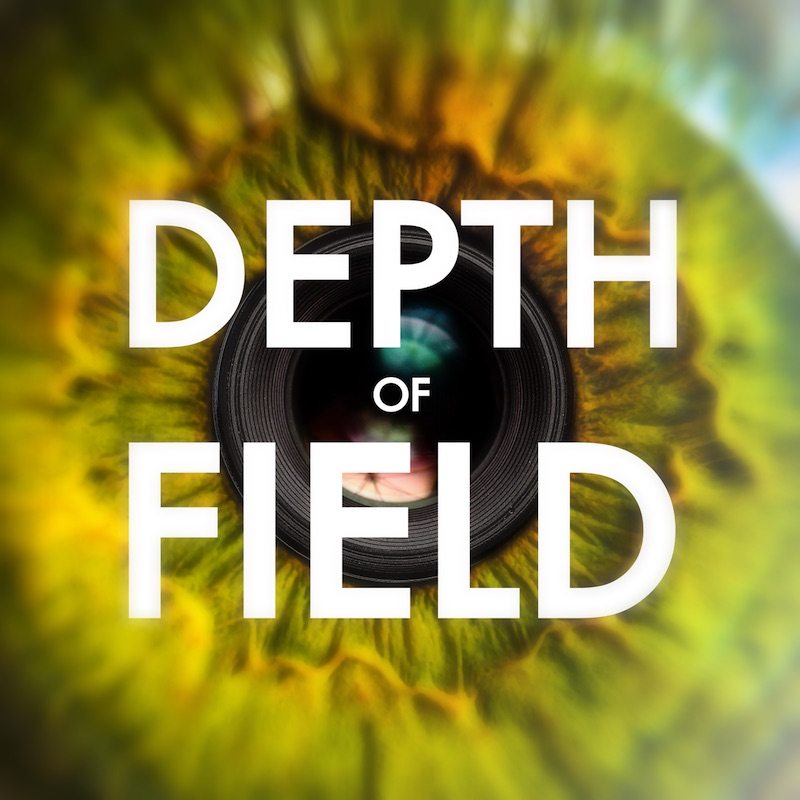


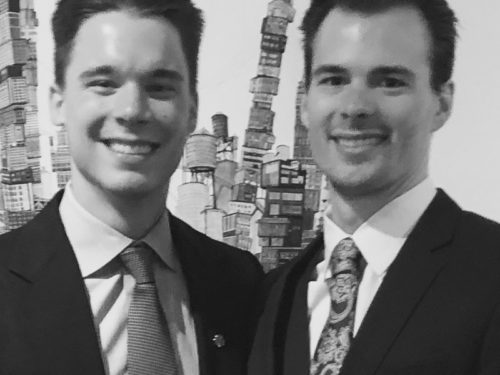
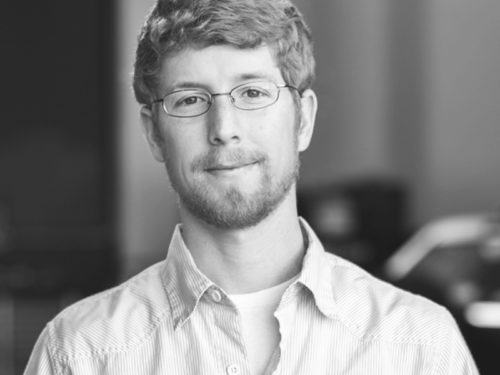
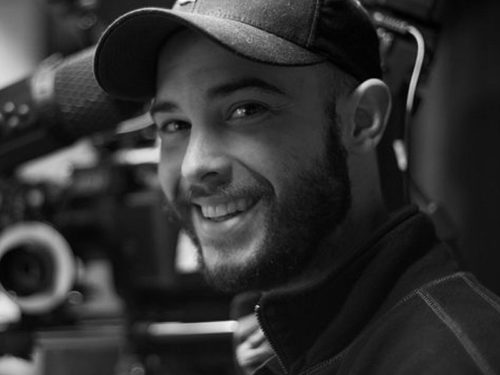
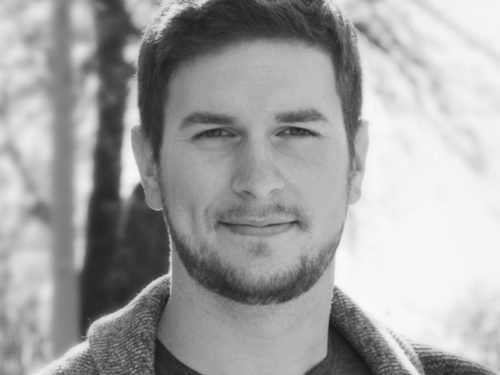
0 Comments